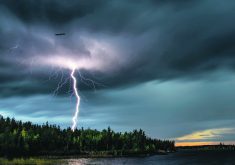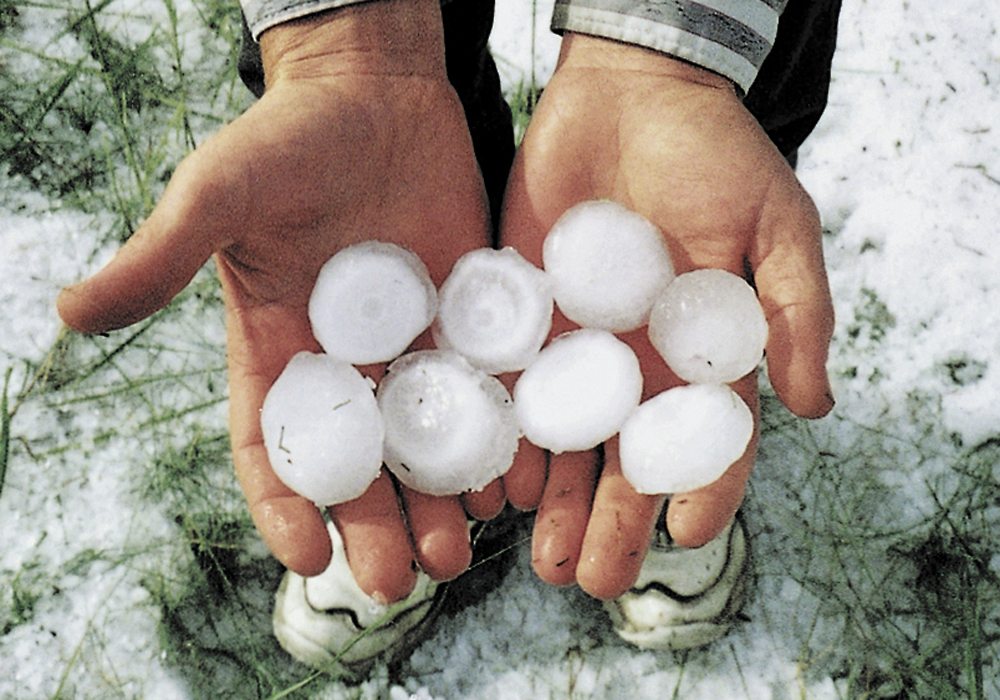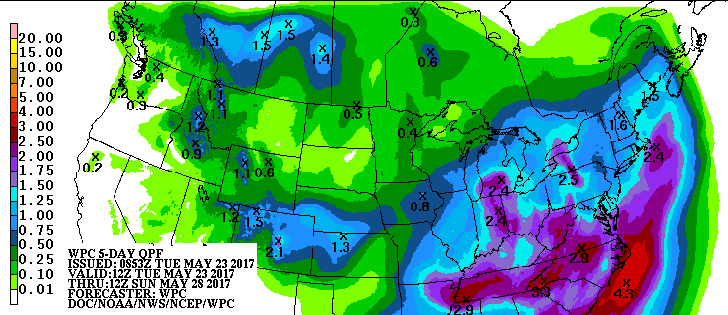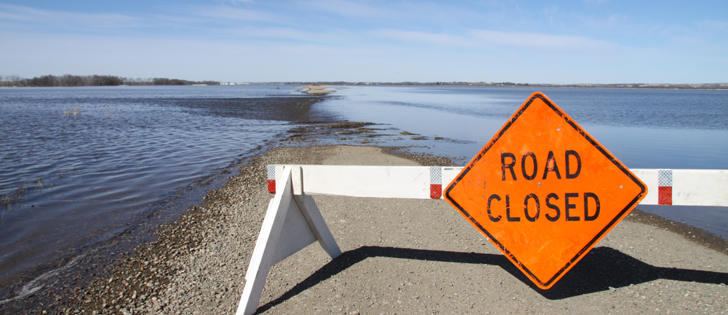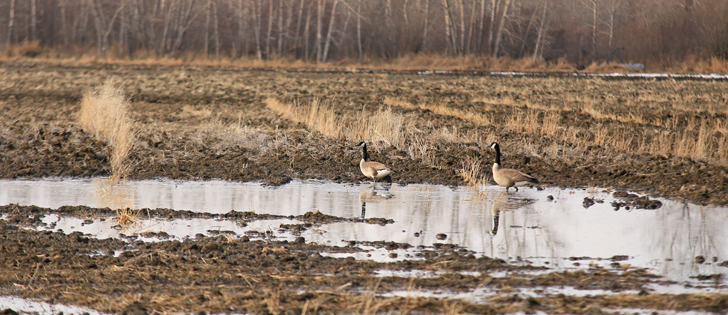Rivers are not confined to the earth.
There are also rivers in the sky, called atmospheric rivers, which carry water just as their terrestrial counterparts do.
“(Atmospheric rivers are) very long, narrow regions in the atmosphere where there’s a lot of water, so large amounts of water vapour, and that water vapour is being moved typically from kind of southwest to northeast,” said Faron Anslow, a climatologist with the Pacific Climate Impact Consortium.
These rivers carry 99 percent of the water vapour that moves up from the tropics to mid-latitudes.
Read Also

Know what costs are involved in keeping crops in the bin
When you’re looking at full bins and rising calf prices, the human reflex is to hold on and hope for more. That’s not a plan. It’s a bet. Storage has a price tag.
The rivers generate most of the rainfall in British Columbia, while they show up as snow on the Prairies.
John Yackel, a geography professor at the University of Calgary, said the moisture in atmospheric rivers falls as snow as they move eastward from B.C. over the Rocky Mountains.
“That build-up of snow can lead to real nice increases in watershed or river water resources,” Yackel said.
Atmospheric rivers can also be associated with an increase in chinook frequency and strength once they reach the Prairies, he added.
They are also associated with El Nino, which brings warmer and drier conditions to the Prairies.
However, they cause higher than normal rainfall in California, which is a hotbed for atmospheric river activity.
“When we have an El Nino year like we have now, then we’ll get an increase in frequency of these atmospheric rivers, and it’s mainly stemming from the tremendous amount of ocean heat that’s piling up in the eastern part of the equatorial pacific,” Yackel said.
Atmospheric rivers have a nickname on the west coast of North America.
“It’s called (pineapple express) because every once in a while you’ll get an atmospheric river that kind of lines up perfectly with Hawaii, so you can think of it as Hawaiian air being brought to our shores,” said Anslow.
Environment Canada can track an atmospheric river for up to two weeks before it causes weather activity.
They have previously caused heavy rain on the western coast of North America, which led to floods.
A big flood in Dawson Creek, B.C., in 2011 was caused by atmospheric rivers.
Anslow said there is a rough consensus among researchers that atmospheric rivers will occur less frequently in the future.
“When (atmospheric rivers) do happen, they might be more intense, and that’s kind of the general picture of climate change and rainfall, is when the events happen they’re going to be much heavier than what we’ve experienced.”


